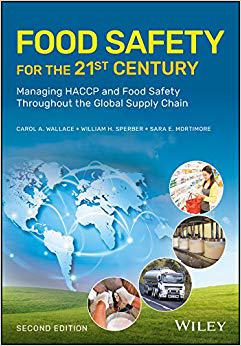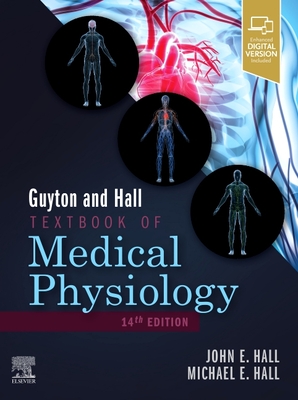
Food Safety for the 21st Century - Managing Haccp and Food Safety Throughout the Global Supply Chain, Second Edition
21世纪食品安全:在全球供应链中管理危害分析及关键环节控制点与食品安全 第2版
食品科学技术基础学科售 价:
¥
1324.00
发货周期:预计3-5周发货
作 者
出 版 社
出版时间
2018年08月15日
装 帧
精装
页 码
496
语 种
英文
版 次
2nd ed.
综合评分
暂无评分
- 图书详情
- 目次
- 买家须知
- 书评(0)
- 权威书评(0)
图书简介
Food Safety for the 21st Century is split into 4 main sections:Part 1: Food Safety for the 21st Century sets the scene by providing a discussion of the key considerations for food safety in our modern world. Starting with considerations of where we have come from and how contemporary food safety programmes have evolved (Chapter 1) this section continues by considering lessons learned from food safety successes and failures (Chapter 2) and looks at challenges in the Global food supply chain (Chapter 3). This section finishes with consideration of the future of food safety and HACCP in our changing world (Chapter 4), allowing us to look forward and predict some of the actions that need to be taken to continually improve and strengthen our food safety programmes and approaches in the global supply chain.Part 2: Foodborne Hazards and their Control Foodborne Hazards and their Control, consists of three chapters which together form a database of information enabling the reader to recognise food safety hazards and design safe products and processes. This will be useful at the product development stage to provide an understanding of some of the key hazards and control mechanisms available to the food business, and will also be invaluable to HACCP team members who need to understand the likely hazards in their operations. Part 3: Systematic Food Safety Management outlines how to develop, implement and maintain world-class food safety programmes based on safe product/process design, prerequisite programmes and HACCP, and how to protect and defend the food supply chain from threats. The increasingly important role of people factors, training and culture is embedded and the eight chapters of this section provide a detailed understanding of current thinking on food safety management, drawing on the experiences and learnings of the last 45 years to offer best practice approaches for developing or strengthening an effective food safety programme. Part 4: Food Safety Management in Practice - Current Issues and Challenges in the Global Food Supply Chain introduces both theoretical and practical discussions on issues impacting sections of the food supply chain. The four chapters of this section use case studies to illustrate current thinking and challenges and provide guidance that can be used in making improvements to systems and practices.
本书暂无推荐
本书暂无推荐















